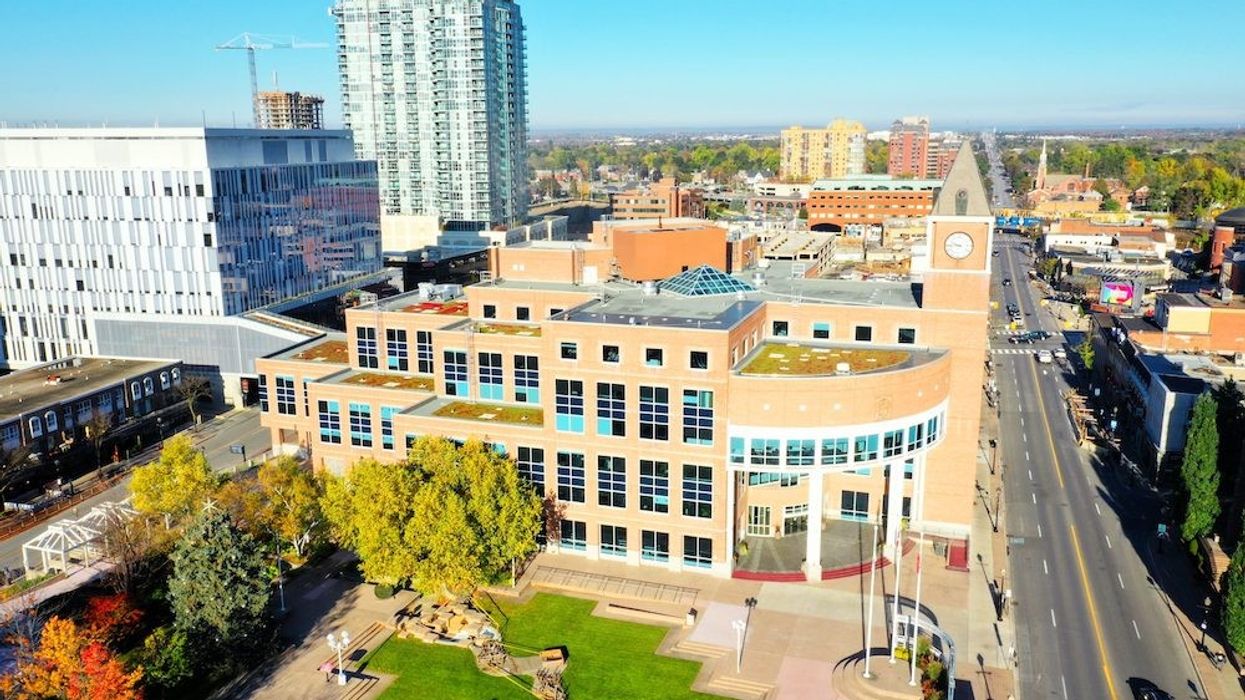A new report from City of Brampton staff recommends allowing developments with unlimited height and density near the city's GO station.
The report, set to be presented to the Planning and Development Committee during their July 25 meeting, put forward the idea as a potential solution to both Brampton's growing number of residents and the city's need for affordable housing.
If the recommendations are adopted, unlimited height and density would be offered as an incentive program in a small part of downtown Brampton adjacent to the GO station, as well as in all of Brampton's Uptown. In exchange, developers would have to set aside a percentage of units above 25 storeys for affordable housing. That percentage would be decided upon at a later date through the Inclusionary Zoning consultation process.
"The City of Brampton has been one of the fastest growing communities in Canada over the past few decades and by embracing a more urban approach to intensification, it is anticipated that Brampton will continue to be one of the fastest growing communities in Canada over the next three decades," the report reads.
Indeed, Brampton's population has seen substantial growth in recent years compared to its surrounding areas. In 2021, its population was 656,480 -- up 10.6% from 2016, more than double the growth rate of Peel, Ontario, and even Canada. By 2051, the City expects Brampton's population to surpass 1M.
"To manage this growth, a shift to higher density urban forms will be required," the report reads.
The two locations chosen to allow these unlimited builds -- downtown near the GO station and Uptown -- were selected based on their capacity to handle development.
"Within the downtown, there appears to be a small geographic area in close proximity to the GO Station where tall buildings can be accommodated," the report reads. "Uptown can absorb a significant amount of development and there is already a tremendous amount of development that is currently working its way through the development approvals process, despite the fact that unlimited height and density does not currently exist."
City staff advise that the unlimited height and density program should be in place for a period of five years, after which its efficacy will be reviewed. City Council would then decide whether to continue with it, expand it, or cancel it.
The report does not shy away from pointing out potential issues that could come from allowing unlimited height and density, namely incentivizing land speculation while developments aren't necessarily being built. By including a sunset clause, the hope is that the program will "incent action, rather than potentially translating to increased land values." Developers who participate in the program would also be required to break ground within three years of receiving a site plan approval.
Potential problems with the size of towers themselves are also laid out in the report, including increased wind and shadows, and issues of overwhelming scale that can make pedestrians feel uncomfortable. The report also notes that allowing unlimited height can make it difficult to plan city infrastructure "as it is difficult to understand what to plan for."
"Understanding some of the negatives that can come along with extremely tall towers will help Brampton mitigate these issues and strive for vibrant and complete communities," the report says. "Within an overall City Structure, it is quite appropriate to have a mix of housing typologies, including tall buildings."





















